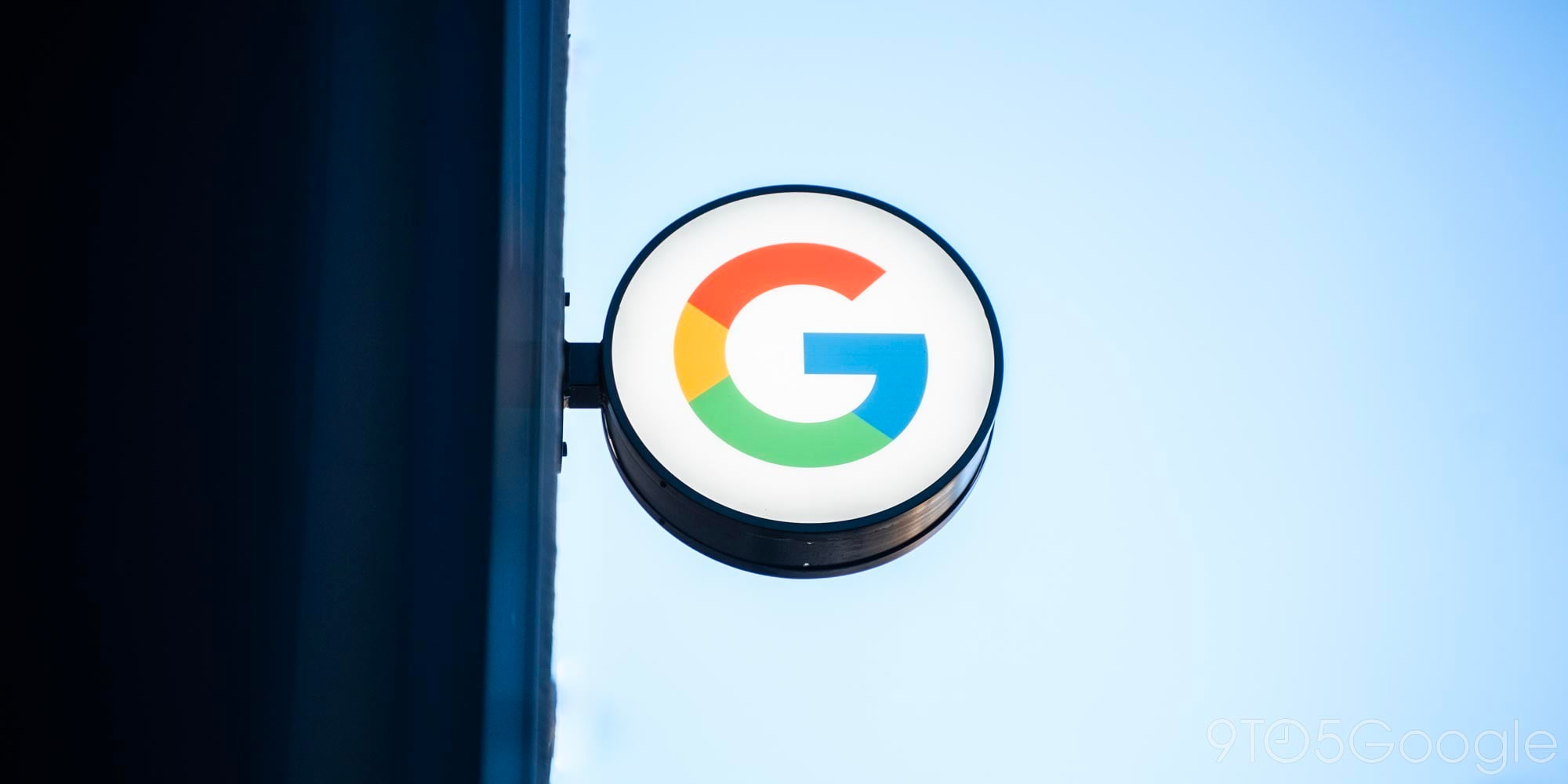
After OnePlus introduced gesture navigation controls in an Oreo beta for the 5T, it opened up the discussion of Android potentially moving away from on-screen buttons. While Google might not implement a system like this for years to come, here’s an app that lets you try out gestures on your phone right now…
Steps to set up and use gesture navigation controls on any Android phone
- Download Gesture Control
- Grant accessibility permission & set up
- Check out the paid features
1. Download Gesture Control
Before getting started, download Gesture Control from the Google Play Store. The app is free, but there are in-app purchases available which allow for added customized gestures.
2. Grant accessibility permission & set up
The first time you launch the app, you will be greeted by a quick tutorial. At the end of it, you’ll need to grant accessibility permission so that the app can be overlayed on-screen as well as control navigation features.
After, there are two quick settings that you can consider toggling on or off before jumping into the primary setup process. These options will let you control the gesture bar transparency and toggle the haptic vibration motor when actions take place.
Next, jump into the settings and select the Gestures and actions option. Here, you can choose a gesture and assign it a task. These actions include going home, adjusting the phone’s volume, and even controlling media.
When heading back to the main settings, you’ll be able to change things such as the color of the gesture bar, the sensor’s position, and more. The one option I changed immediately was changing the sensitivity to very high so that it’s easier to use the gestures. You can find this option by going to Settings -> Properties -> Sensitivity.
Here are a few screenshots if you need help.
3. Check out the paid features
The developer for Gesture Control does offer a Pro version of the app for $3.49 which offers these following features:
- Adjust the horizontal orientation of the indicator
- Adjust the width of the indicator to fit your needs
- Actions can be performed by double-clicking on the indicator
- Launch apps
- Volume actions (show volume control, activate silent mode, increase/reduce media volume, mute alarm, maximize alarm volume, mute and maximize ringing tone)
- Show information (Time, date, battery, used and available memory )
- Media control (pause, play/pause, next track, Previous track, stop)
- Brightness control (max, min, auto/max, auto/min, reduce and increase)
Unfortunately, unless your Android device is rooted, there is no way to hide the on-screen navigation buttons. So, while you can test and use gestures with this application, you will have to deal with the Android navigation buttons always being present at the bottom of your screen.
If you have any questions, make sure to leave them in the comment section below or hit me up on Twitter.
Check out 9to5Google on YouTube for more news:
FTC: We use income earning auto affiliate links. More.







Comments